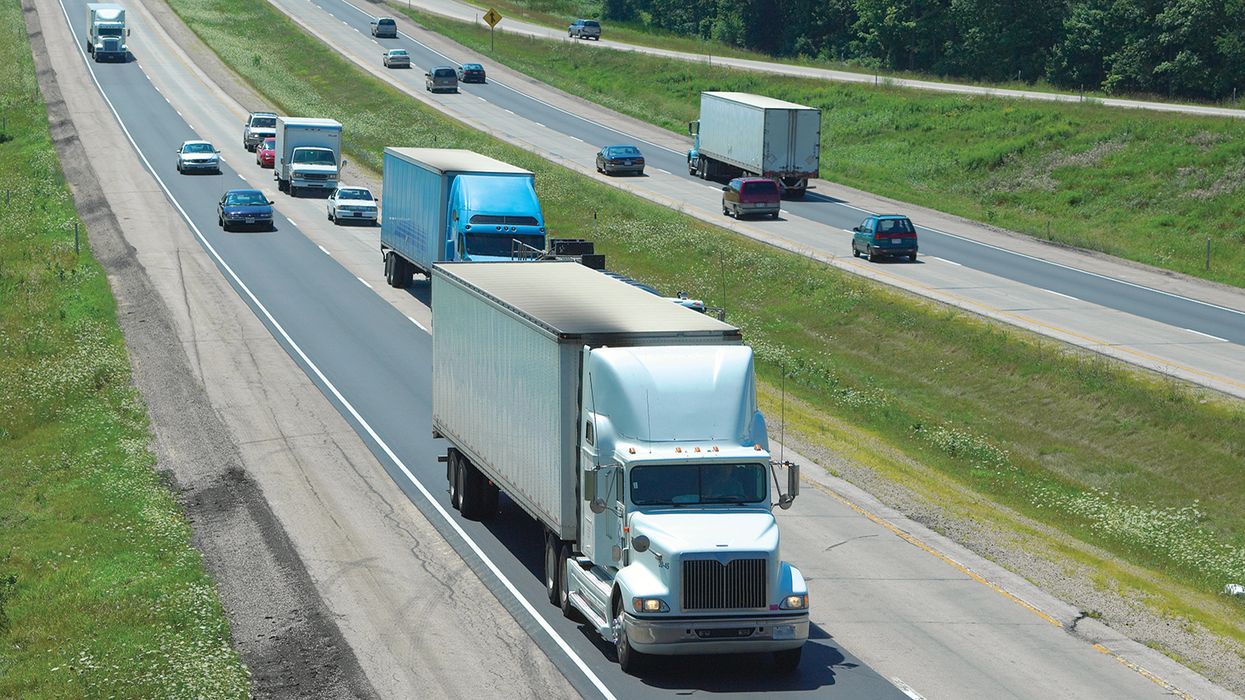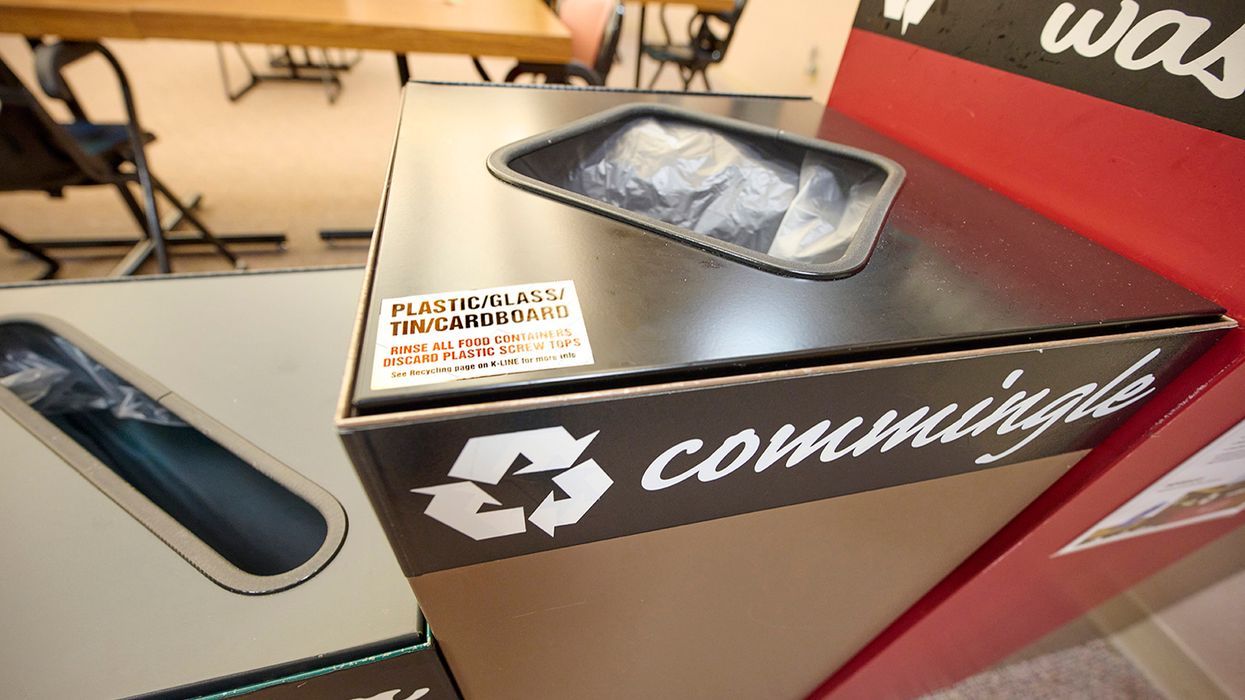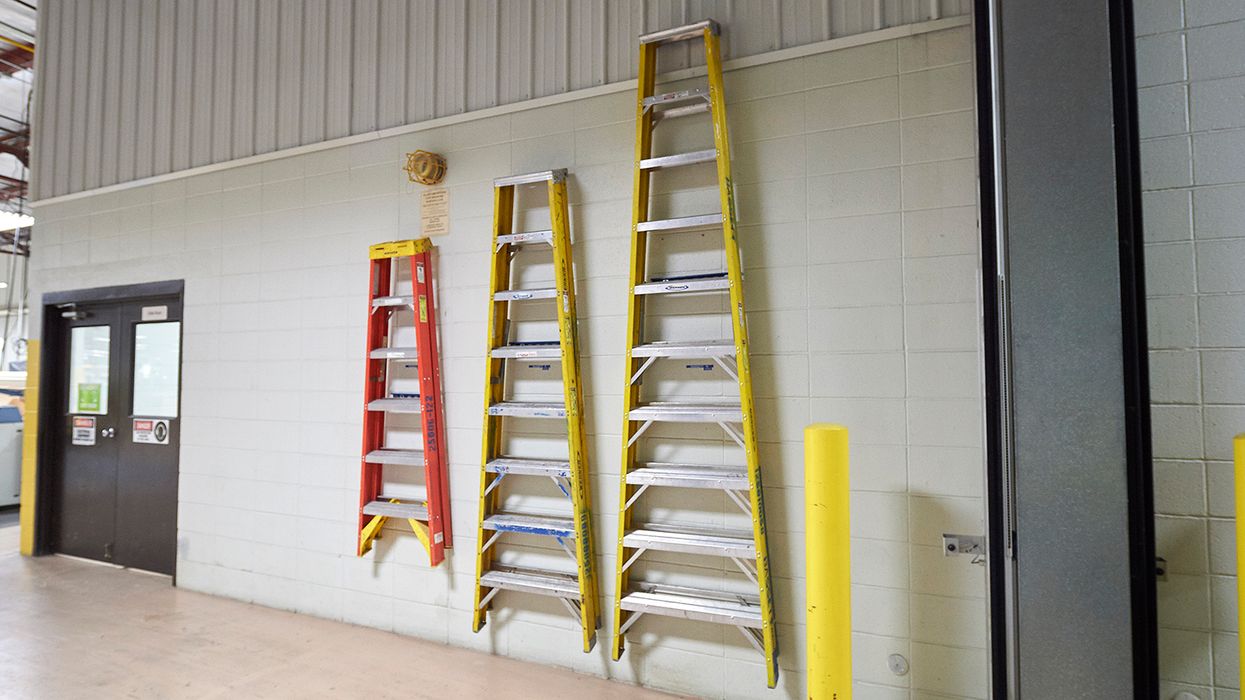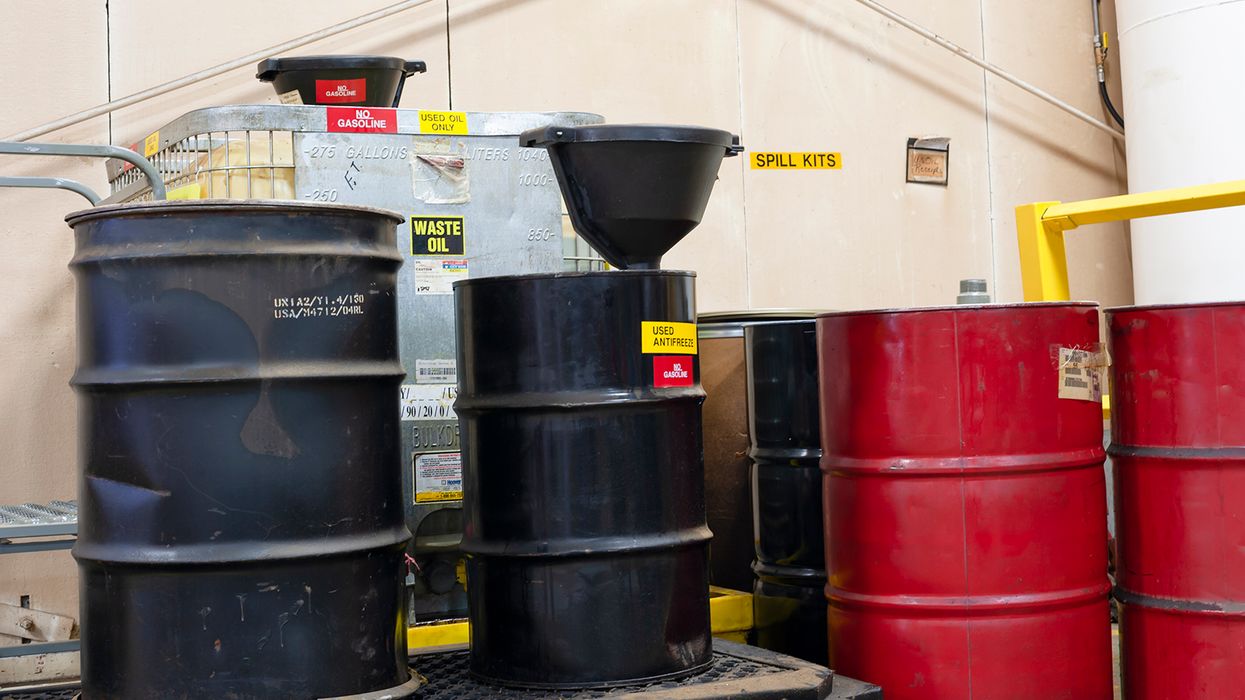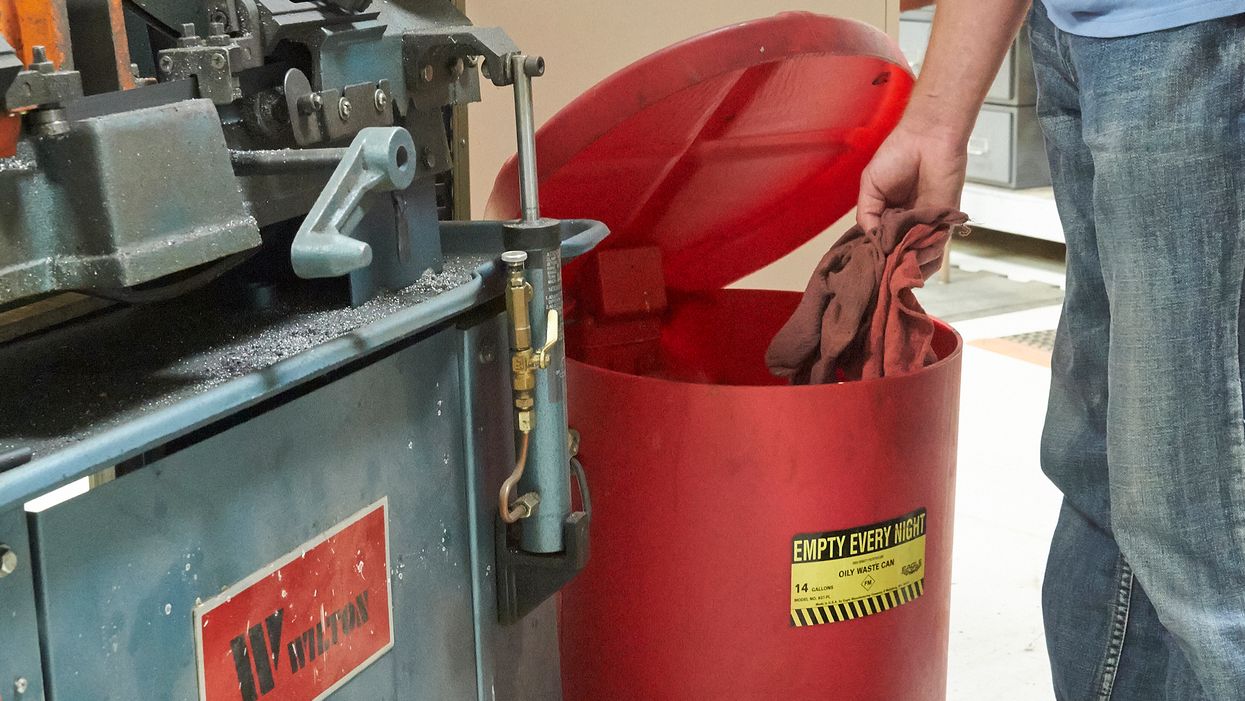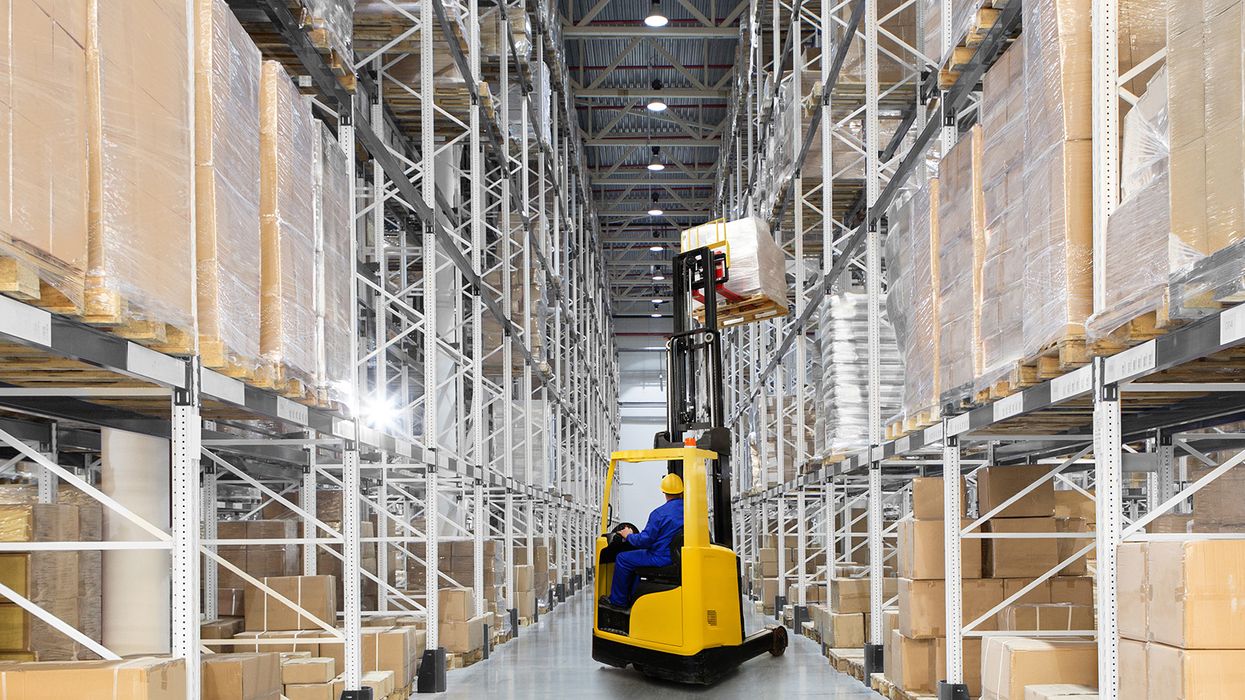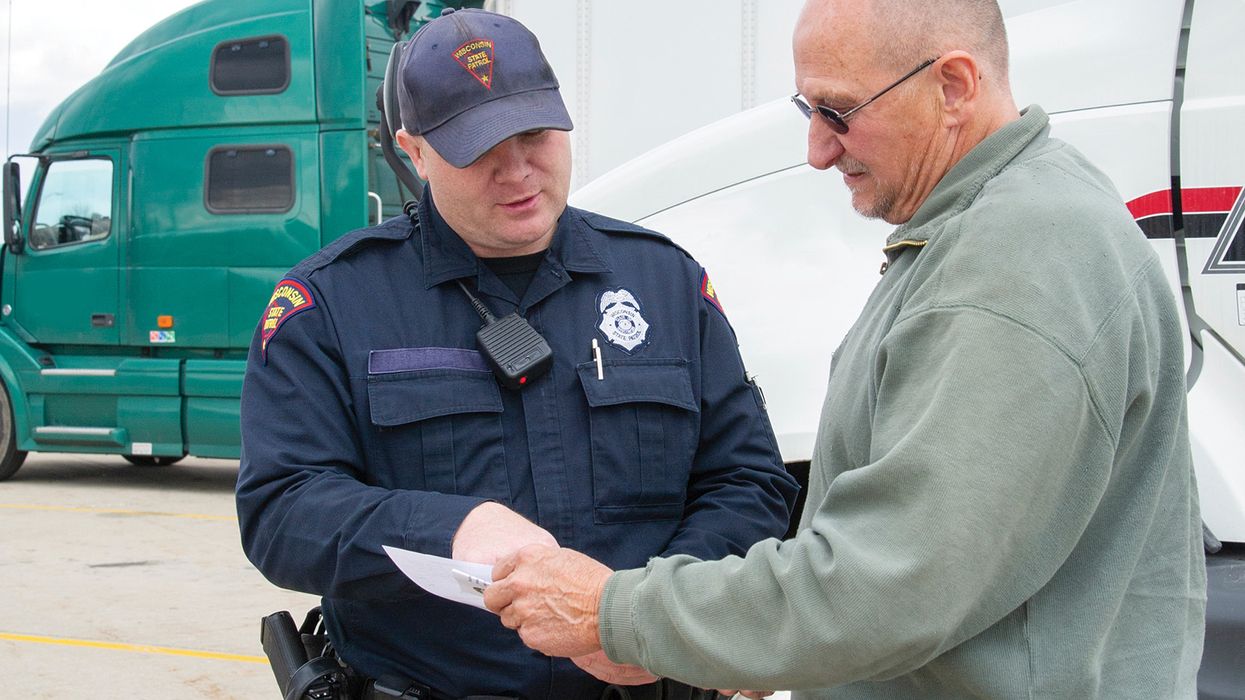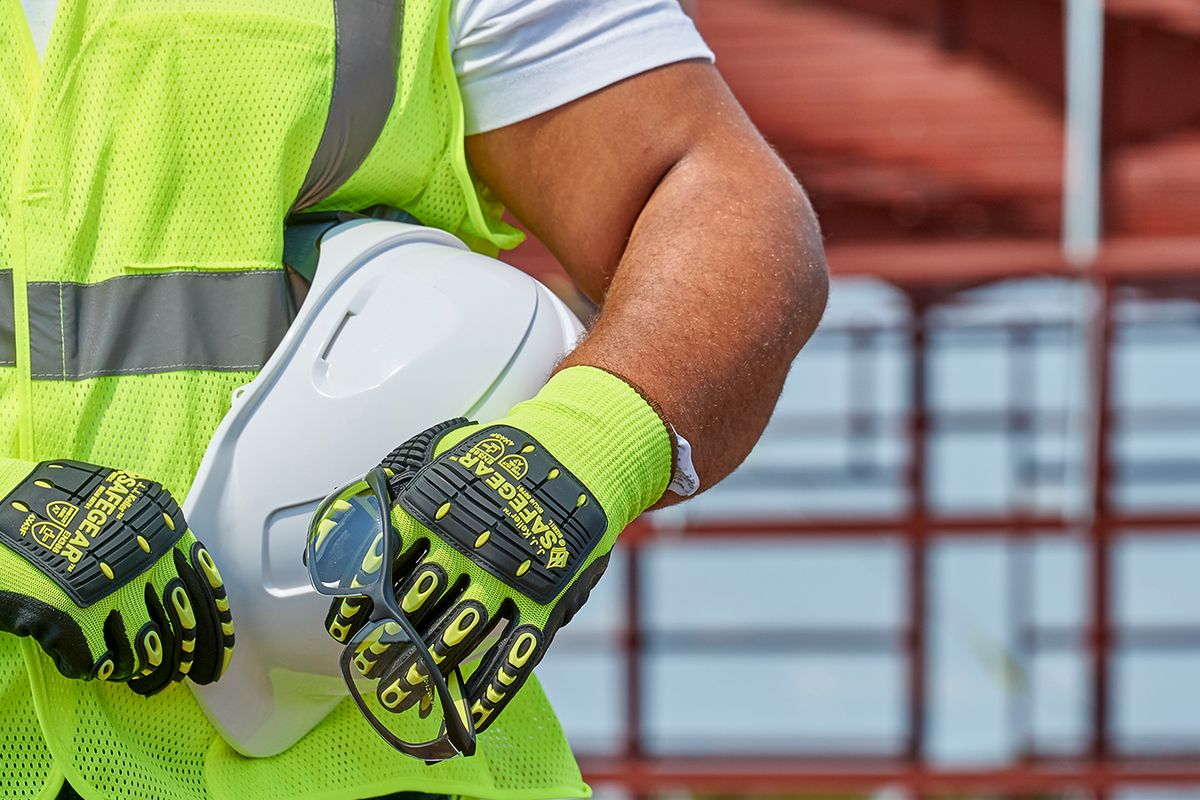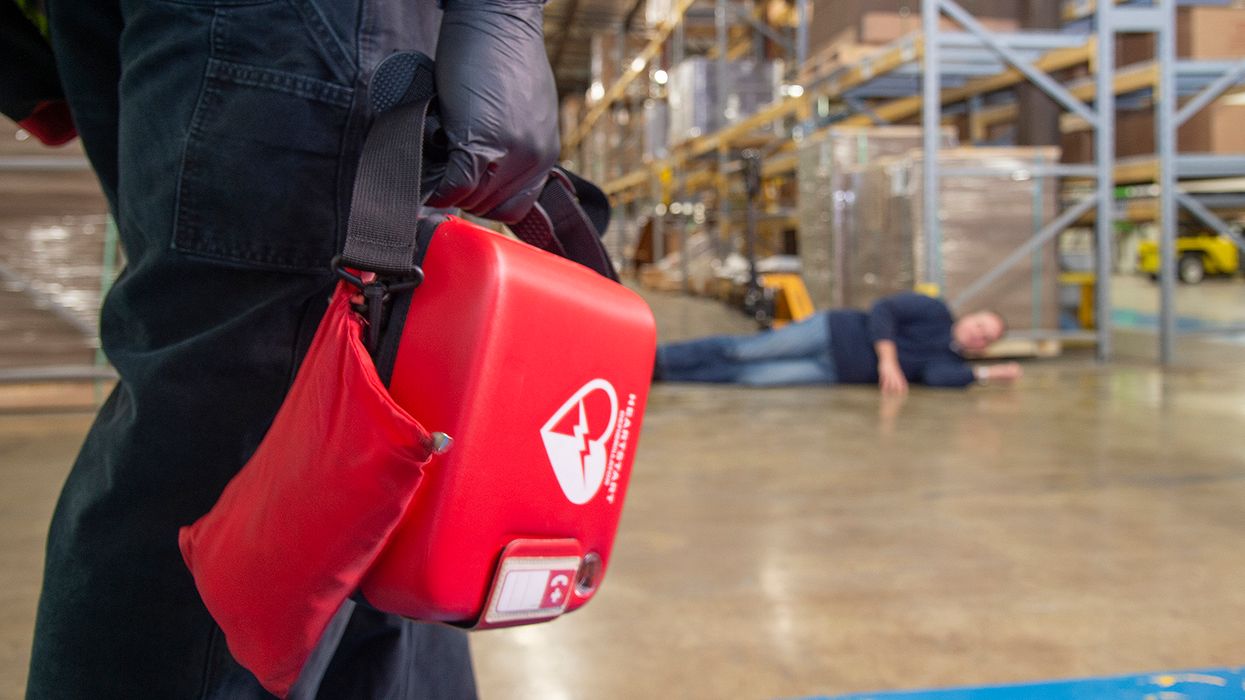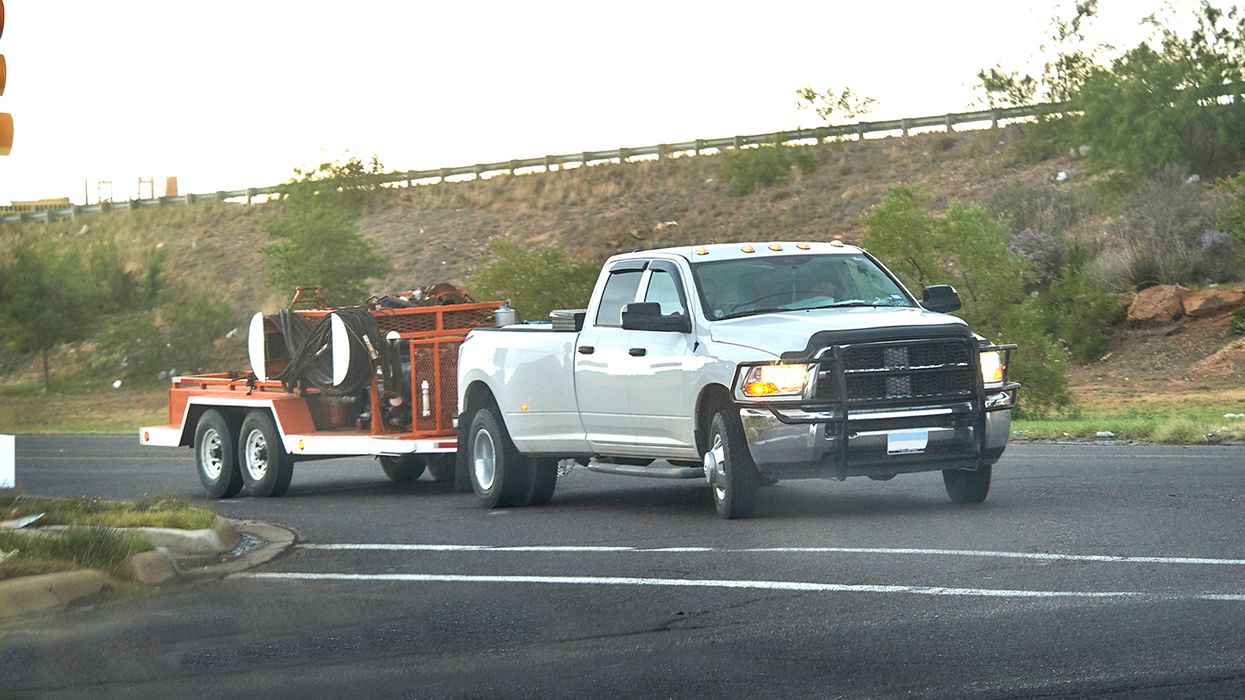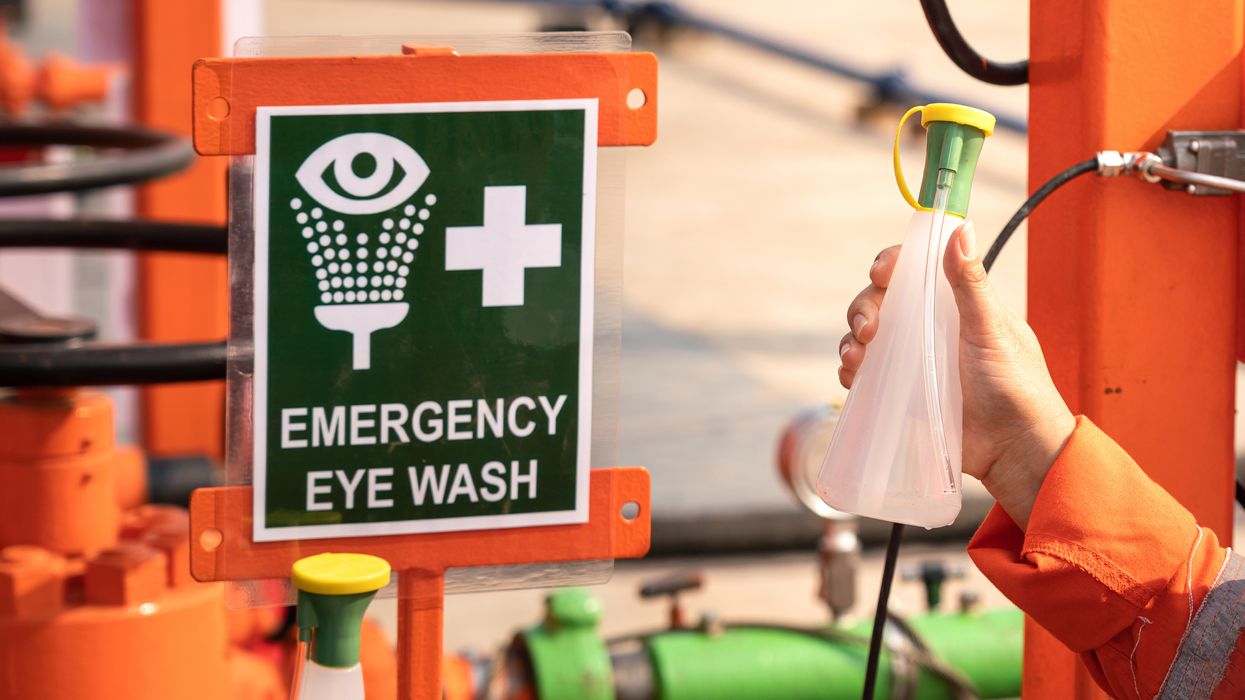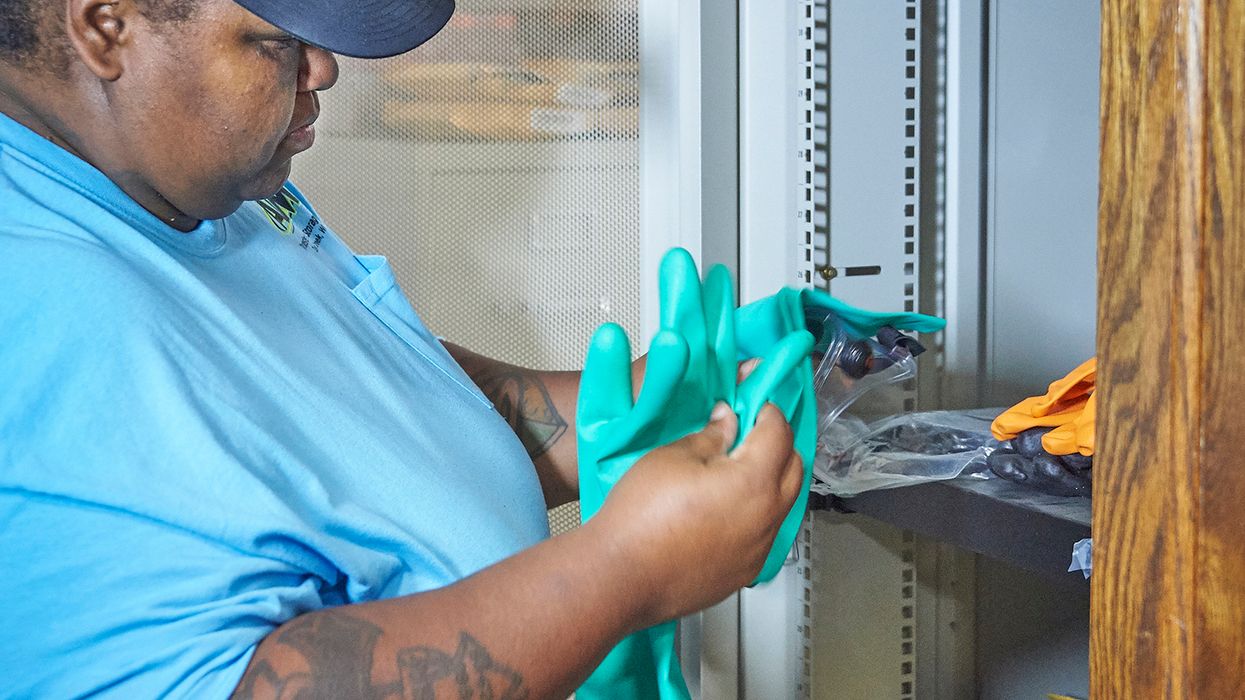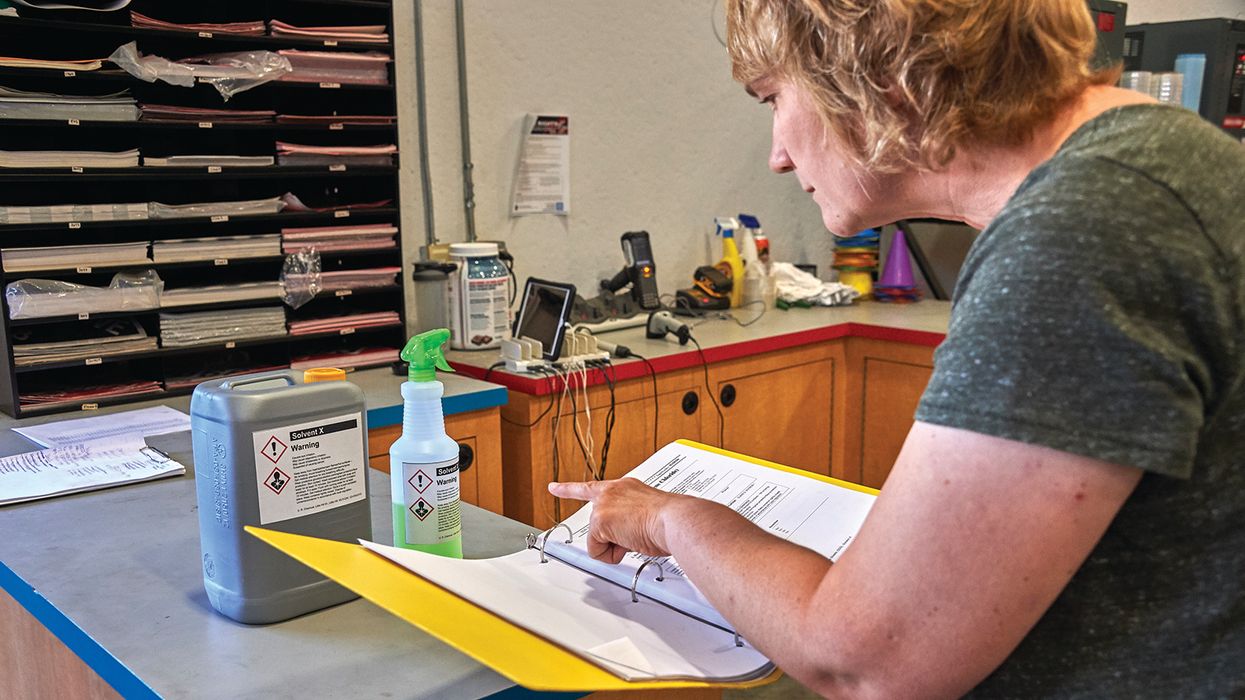Training Blueprint--Speed & Space Management
Proper speed and space management means maintaining enough space around the vehicle to operate safely. This includes taking into account the condition of the road, visibility, and traffic speed and flow.
TIP: Consider the use of a video to introduce this topic. Keep in mind your drivers’ experience, the vehicles they operate, and the types of conditions they deal with on a regular basis.
There must be enough space to allow adjustments when traffic conditions change, for example, when a vehicle brakes suddenly or pulls into the driver’s lane of travel without warning.
Ahead. The amount of space needed depends on vehicle speed and road conditions. One rule of thumb to follow (in good driving conditions) is to allow at least one second for each 10 feet of vehicle length at speeds below 40 mph. At greater speeds, add an additional second.
Behind. It is impossible to keep other drivers from following too closely, but there are some things that can be done to make it safer. Stay to the right, slow down, and give the tailgater plenty of chances to pass.
Sides. Commercial motor vehicles often take up most of a lane. There are several things that can be done to ensure that there is plenty of space.
- Don’t hug the center line. It becomes very easy to drift across the center line into oncoming traffic.
- Avoid hugging the right side of the road. A soft shoulder can cause control problems.
- Avoid traveling alongside other vehicles in strong winds, especially cross winds.
Above. Never assume the heights posted on bridges and overpasses are correct. Road repaving or packed snow may reduce clearances after the heights are posted.
The weight of a vehicle’s cargo can also change its height. An empty vehicle is higher than a loaded one.
Be aware of how a road is graded. Road grade can cause a high vehicle to tilt, which can be a clearance problem.
Below. It’s very easy to forget the space under a vehicle. That space can be very small when the vehicle is heavily loaded. Take it slow and steady for driveways, railroad tracks, dirt roads, and unpaved lots.
In order to manage speed, drivers need to understand the four factors involved in stopping a vehicle.
Perception distance is the distance a vehicle travels from the time the driver sees a hazard until the brain recognizes it. The perception time for an alert driver is approximately three-fourths of a second. At 55 mph, a vehicle travels about 60 feet in three-fourths of a second.
Reaction distance is the distance a vehicle travels from the time the driver’s brain tells the driver’s foot to move from the accelerator until that foot hits the brake pedal. The average driver has a reaction time of three-fourths of a second. At 55 mph, that accounts for another three-fourths of a second and another 60 feet traveled.
Brake lag distance also needs to be taken into account. When operating a vehicle with air brakes, it takes about one-half second for the mechanical operation to happen.
Braking distance is the distance it takes a vehicle to stop once the brakes are applied. Braking distance is affected by the weight, length, and speed of the vehicle as well as road condition. A heavy vehicle’s components are designed to work best when a vehicle is fully loaded.
At 55 mph on dry pavement with good brakes, a heavy vehicle travels about 170 feet and can take about five seconds to stop.
So what is the total stopping distance? When adding together the four factors, at 55 mph in ideal conditions, it will take between six and seven seconds to stop, and the vehicle will travel about 290 feet.
TIP: All times and distances discussed in this example are estimates based on ideal conditions. Total stopping distance can be affected by many factors.

